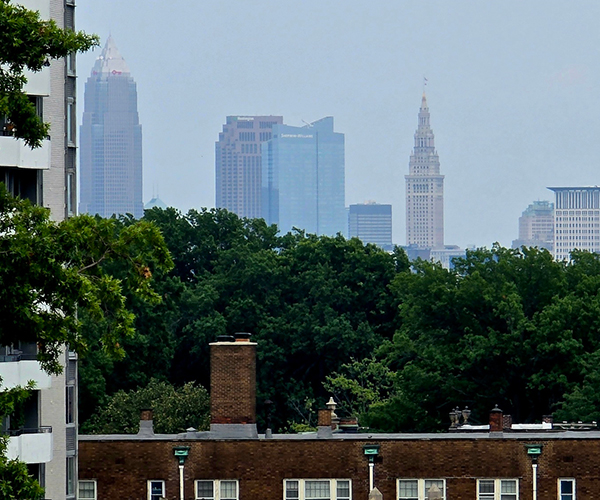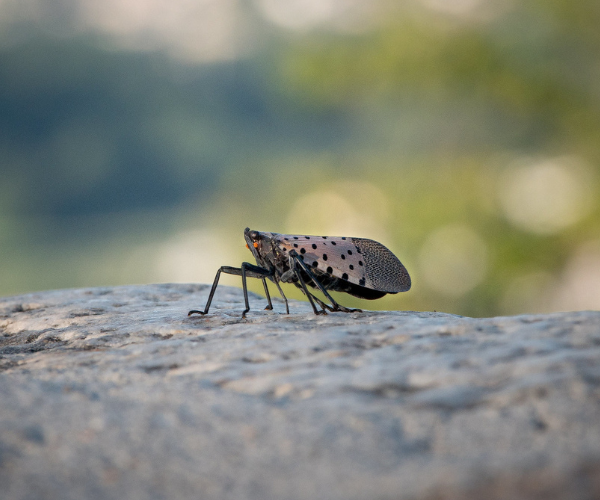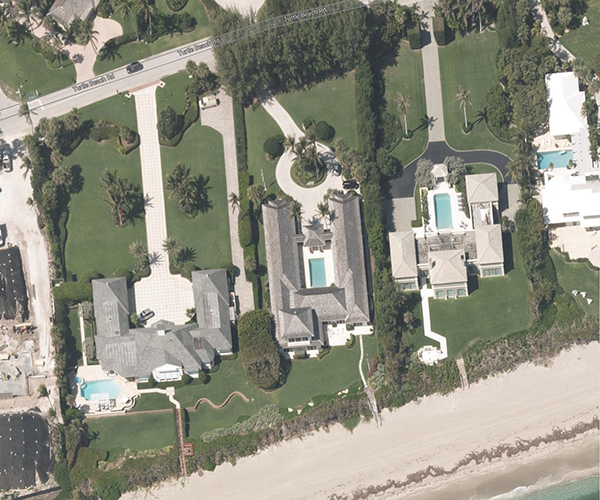The substructure of both bridges is made of 86-foot-tall, U-shaped supports called piers. But it's what's below that counts. To anchor each pier, between 22 and 30 H-shaped steel pieces called piles are driven underground about 200 feet. "For most of the piers, what's underground is twice as tall as what's above," says Jocelynn Clemings, ODOT public information officer.
The 90-foot-long pile sections are loaded into a hydraulic hammer, which is held in the air by a crane, then slammed into the ground like a gargantuan nail gun. A second diesel hammer finishes the job — clanging away until it hits bedrock. "When we first started the piling, it was like music," says Karen Lenehan, public information consultant for design-build firm Trumbull-Great Lakes-Ruhlin.
The above-ground section of the piers are hollow, built by stacking square steel frames, then encasing them in cement. Some have hatches to allow inspectors inside. Four catwalks also run underneath the surfaces of both bridges for ODOT's twice-yearly inspections. "We require our inspectors to be within arm's length of each and every part of all of our bridges," says Clemings.
When the original bridge was demolished, there was a small sound about five seconds before the booms. A pair of peregrine falcons — named Newton and Bolt — called the former bridge home. "That pop you heard before the explosion, that was to scare them away," says Lenehan. New birdhouses are being built on the bridge for them, if they choose to return.
The dredging of the Cuyahoga River by the U.S. Army Corps of Engineers creates regularly shifting currents, making it difficult for fish to travel downriver to the lake. ODOT wants to give them a break by building ponds underneath each bridge that connects to the waterway. "It's going to be a fish habitat with plantings," says Lenehan, "so the fish can escape the channel."



